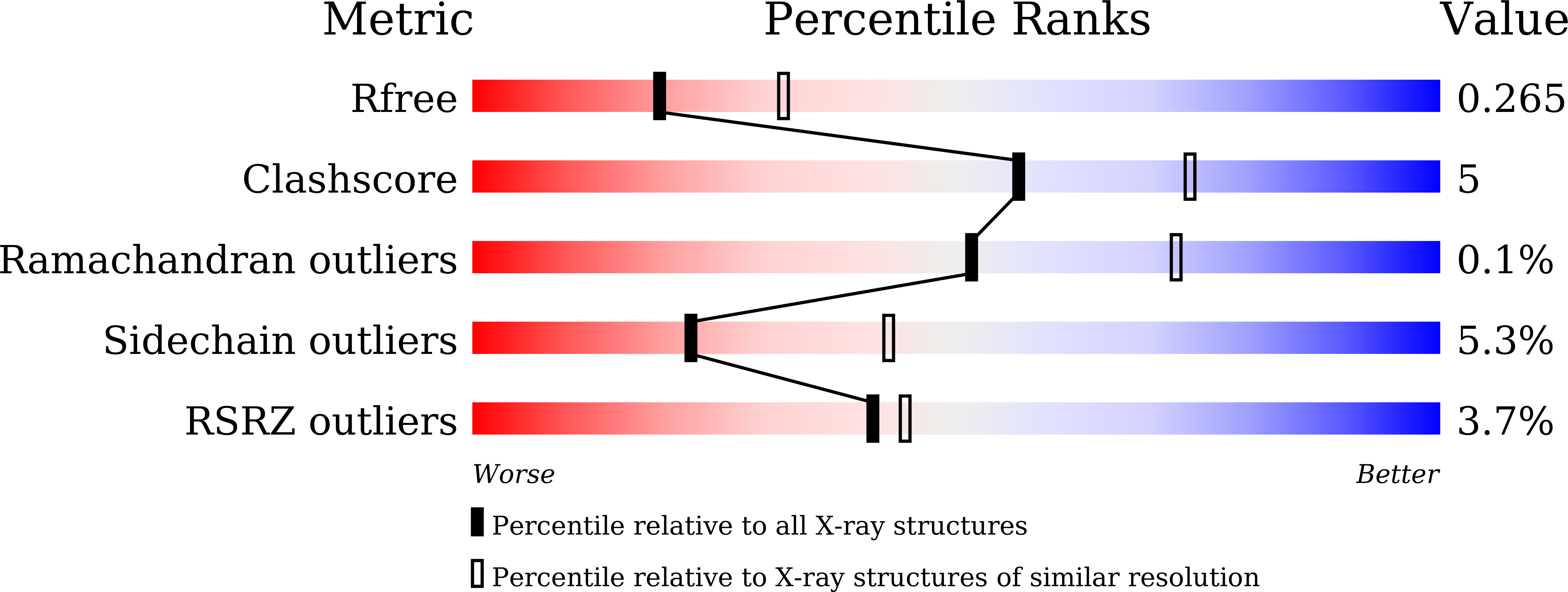
Deposition Date
2020-12-31
Release Date
2021-03-17
Last Version Date
2023-11-29
Entry Detail
PDB ID:
7DSR
Keywords:
Title:
Anthranilate phosphoribosyltransferase variant Gly141Asn from Saccharomyces cerevisiae in complex with 4-fluoroanthranilate
Biological Source:
Source Organism:
Saccharomyces cerevisiae S288C (Taxon ID: 559292)
Host Organism:
Method Details:
Experimental Method:
Resolution:
2.50 Å
R-Value Free:
0.26
R-Value Work:
0.20
R-Value Observed:
0.20
Space Group:
P 21 21 21


